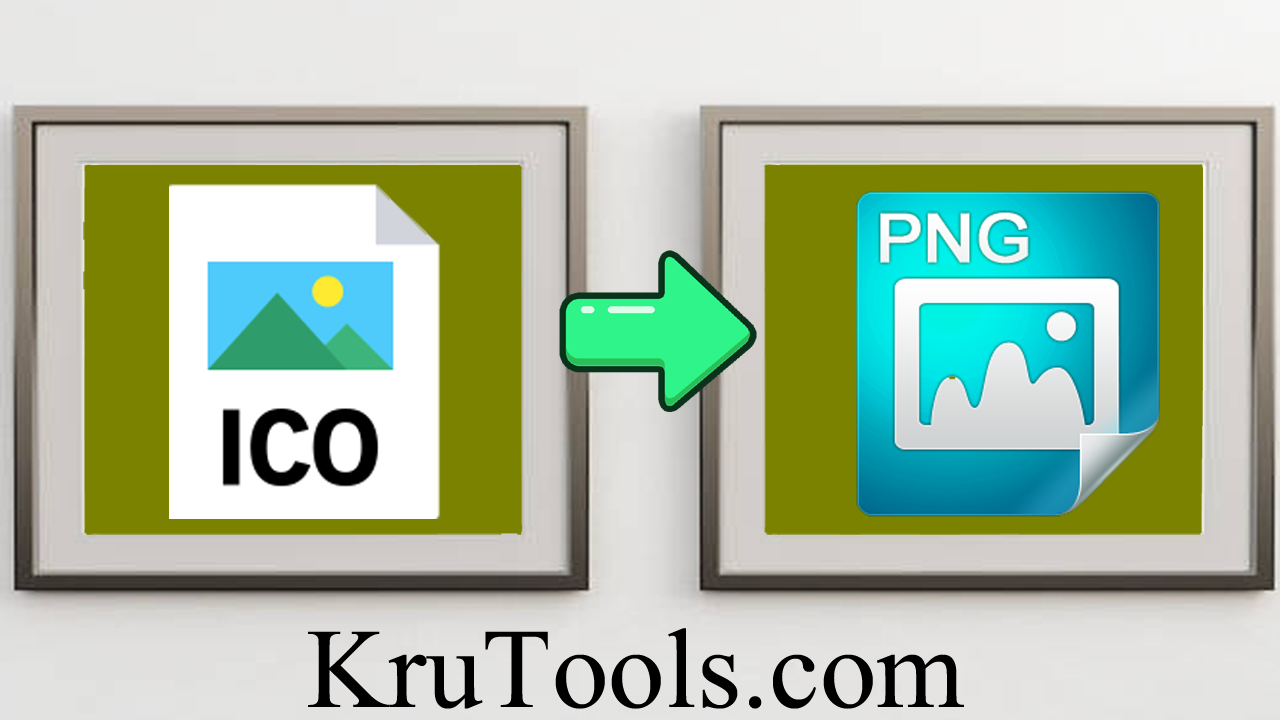Learning the Art of Viral Social Media: Techniques for Creating Shareable Content Your Audience Will Find Fascinating
In today’s digital landscape, creating social media content that not only engages your audience but also encourages them to share it with their networks is crucial for brand success. This comprehensive guide will explore the ins and outs of crafting shareable content, providing you with actionable strategies and expert insights to help you elevate your social media game.
![]()
Understanding the Psychology of Sharing
Before diving into specific strategies, it’s essential to understand why people share content on social media. According to a study by The New York Times Customer Insight Group, there are five primary reasons people share content:
- To bring valuable and entertaining content to others
- To define themselves to others
- To grow and nourish relationships
- For self-fulfillment
- To get the word out about causes or brands they care about
By keeping these motivations in mind, you can create content that resonates with your audience on a deeper level, increasing the likelihood of shares.
Key Elements of Highly Shareable Content
To create content that your audience will want to share, consider incorporating the following elements:
-
Emotional appeal: Content that evokes strong emotions, whether positive or negative, is more likely to be shared. A study by BuzzSumo found that content that inspires awe, laughter, or amusement performs exceptionally well.
-
Practical value: Offer content that solves problems or provides useful information. Tutorials, how-to guides, and life hacks are often highly shareable.
-
Visual appeal: High-quality images, infographics, and videos tend to perform better than text-only posts. According to HubSpot, tweets with images receive 150% more retweets than those without.
-
Storytelling: Craft narratives that resonate with your audience. Stories help create an emotional connection and are more memorable than plain facts.
-
Relevance and timeliness: Stay on top of current trends and create content that relates to what’s happening in your industry or the world at large.
-
Uniqueness: Offer a fresh perspective or present information in a novel way to stand out from the crowd.
Platform-Specific Strategies
Each social media platform has its own unique features and audience preferences. Here are some platform-specific strategies to consider:
- Use Facebook Live to engage with your audience in real-time
- Create shareable infographics and video content
- Leverage Facebook Groups to build community and encourage discussion
- Use Instagram Stories and Reels to showcase behind-the-scenes content and quick tips
- Utilize relevant hashtags to increase discoverability
- Collaborate with influencers for wider reach
- Craft concise, punchy tweets that convey your message effectively
- Use Twitter polls to encourage engagement
- Participate in trending conversations using relevant hashtags
- Share industry insights and thought leadership content
- Use LinkedIn Articles for long-form content
- Engage with your network through comments and discussions
TikTok
- Create short, entertaining videos that showcase your brand’s personality
- Participate in trending challenges and use popular audio clips
- Collaborate with TikTok creators for increased visibility
Leveraging User-Generated Content
Encouraging and showcasing user-generated content (UGC) can be a powerful way to increase engagement and shares. According to Stackla, 79% of people say UGC highly impacts their purchasing decisions. Here are some ways to leverage UGC:
- Run contests or challenges that encourage users to create and share content
- Showcase customer testimonials and success stories
- Create a branded hashtag for users to share their experiences with your product or service
- Feature user-submitted content on your social media accounts and website
The Power of Visual Storytelling
Visual content is crucial for capturing attention and encouraging shares. According to Social Media Examiner, 74% of marketers use visual assets in their social media marketing. Here are some tips for effective visual storytelling:
- Use high-quality, eye-catching images and videos
- Create infographics to present data and complex information in an easily digestible format
- Use consistent branding elements across your visual content
- Experiment with different visual formats, such as cinemagraphs, GIFs, and 360-degree photos
Timing and Frequency: When to Post for Maximum Impact
Posting at the right time and with the right frequency can significantly impact your content’s performance. While optimal times may vary depending on your specific audience, here are some general guidelines based on research by Sprout Social:
- Facebook: Wednesday and Friday, 10 AM - 11 AM
- Instagram: Tuesday and Thursday, 11 AM - 2 PM
- Twitter: Wednesday and Friday, 9 AM - 11 AM
- LinkedIn: Tuesday and Wednesday, 9 AM - 12 PM
As for frequency, consistency is key. Aim to post regularly without overwhelming your audience. Use analytics tools to determine the optimal posting frequency for your specific audience.
Measuring Success: Analytics and Metrics
To refine your social media strategy, it’s crucial to track and analyze your content’s performance. Key metrics to monitor include:
- Engagement rate (likes, comments, shares)
- Reach and impressions
- Click-through rate (CTR)
- Conversion rate
- Audience growth rate
Use platform-specific analytics tools and third-party social media management platforms to gather and interpret this data.
Comparison of Social Media Management Tools
To help you choose the right tool for managing your social media content, here’s a comparison of popular social media management platforms:
| Feature | Hootsuite | Buffer | Sprout Social | Later | Agorapulse |
|---|---|---|---|---|---|
| Platforms Supported | 20+ | 7 | 7 | 6 | 6 |
| Scheduling | Yes | Yes | Yes | Yes | Yes |
| Analytics | Advanced | Basic | Advanced | Basic | Advanced |
| Team Collaboration | Yes | Yes | Yes | Limited | Yes |
| Content Curation | Yes | Limited | Yes | No | Yes |
| Social Listening | Yes | No | Yes | No | Yes |
| CRM Features | Limited | No | Yes | No | Yes |
| Free Plan | No | Yes | No | Yes | No |
| Starting Price (Monthly) | $49 | $15 | $89 | $15 | $79 |
Expert Tips and Human Recommendations
To further enhance your social media content strategy, consider these expert tips and human recommendations:
-
Develop a consistent brand voice: Create a style guide that outlines your brand’s tone, personality, and values. This consistency will help build trust and recognition among your audience.
-
Engage with your community: Don’t just broadcast content; actively participate in conversations and respond to comments and messages promptly. This engagement can foster a loyal community around your brand.
-
Experiment with different content formats: Try various content types such as polls, quizzes, live videos, and interactive stories to keep your audience engaged and interested.
-
Collaborate with influencers and other brands: Partnering with influencers or complementary brands can help you reach new audiences and add credibility to your content.
-
Repurpose your best-performing content: Identify your most successful posts and adapt them for different platforms or formats. This can help you maximize the impact of your content while saving time and resources.
-
Stay authentic: While it’s important to follow best practices, don’t lose sight of your brand’s unique personality and values. Authenticity can help you stand out in a crowded social media landscape.
-
Educate and inform: Position your brand as a thought leader by sharing valuable insights and industry knowledge. This can help build trust and authority with your audience.
-
Use social proof: Showcase customer testimonials, reviews, and case studies to build credibility and encourage others to try your products or services.
-
Optimize for mobile: With the majority of social media usage occurring on mobile devices, ensure your content is optimized for smaller screens and looks great on various devices.
-
Monitor and adapt: Stay informed about changes in social media algorithms and user behavior. Be prepared to adjust your strategy as needed to maintain engagement and reach.
Frequently Asked Questions
-
Q: How often should I post on social media?
A: The optimal posting frequency varies depending on the platform and your audience. Generally, aim for 1-2 posts per day on Facebook, 3-5 tweets per day on Twitter, 1-2 posts per day on Instagram, and 1 post per weekday on LinkedIn. However, it’s essential to monitor your analytics and adjust based on your audience’s engagement. -
Q: How can I increase my organic reach on social media?
A: To boost organic reach, focus on creating high-quality, engaging content that resonates with your audience. Encourage interactions by asking questions, running contests, and responding to comments. Use relevant hashtags, post at optimal times, and leverage user-generated content. Additionally, consider cross-promoting your content across different platforms. -
Q: What types of content perform best on social media?
A: While this can vary by platform and audience, generally, visual content such as images, videos, and infographics tend to perform well across most platforms. Interactive content like polls and quizzes, as well as user-generated content, also typically see high engagement rates. Experiment with different content types and use your analytics to determine what resonates best with your specific audience. -
Q: How can I measure the ROI of my social media efforts?
A: To measure ROI, start by setting clear goals for your social media campaigns (e.g., increased website traffic, lead generation, or sales). Use tracking tools like Google Analytics and platform-specific insights to monitor metrics such as engagement rates, click-through rates, and conversions. Calculate the revenue generated from social media-driven actions and compare it to your social media investment to determine ROI. -
Q: How can I stay up-to-date with social media trends and best practices?
A: To stay informed, follow industry leaders and social media experts on platforms like Twitter and LinkedIn. Subscribe to reputable marketing blogs and newsletters, such as Social Media Examiner, Hootsuite Blog, and Buffer Blog. Attend webinars and conferences, and participate in online communities focused on social media marketing. Regularly review your own analytics to identify trends and patterns specific to your audience.
By implementing these strategies and continuously refining your approach based on data and audience feedback, you’ll be well on your way to creating engaging social media content that gets shared and helps grow your brand’s online presence.
Remember, social media is an ever-evolving landscape, so stay curious, be willing to experiment, and always keep your audience’s needs and preferences at the forefront of your content strategy.






